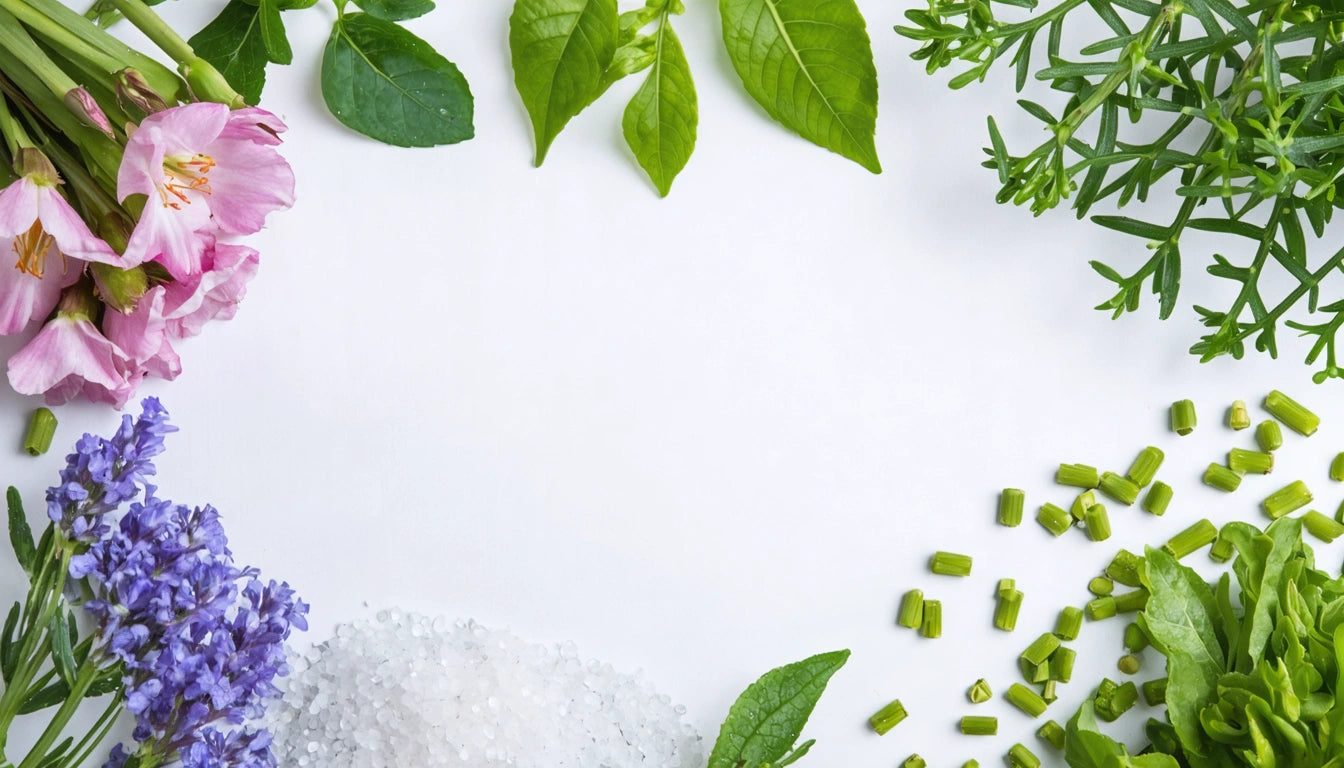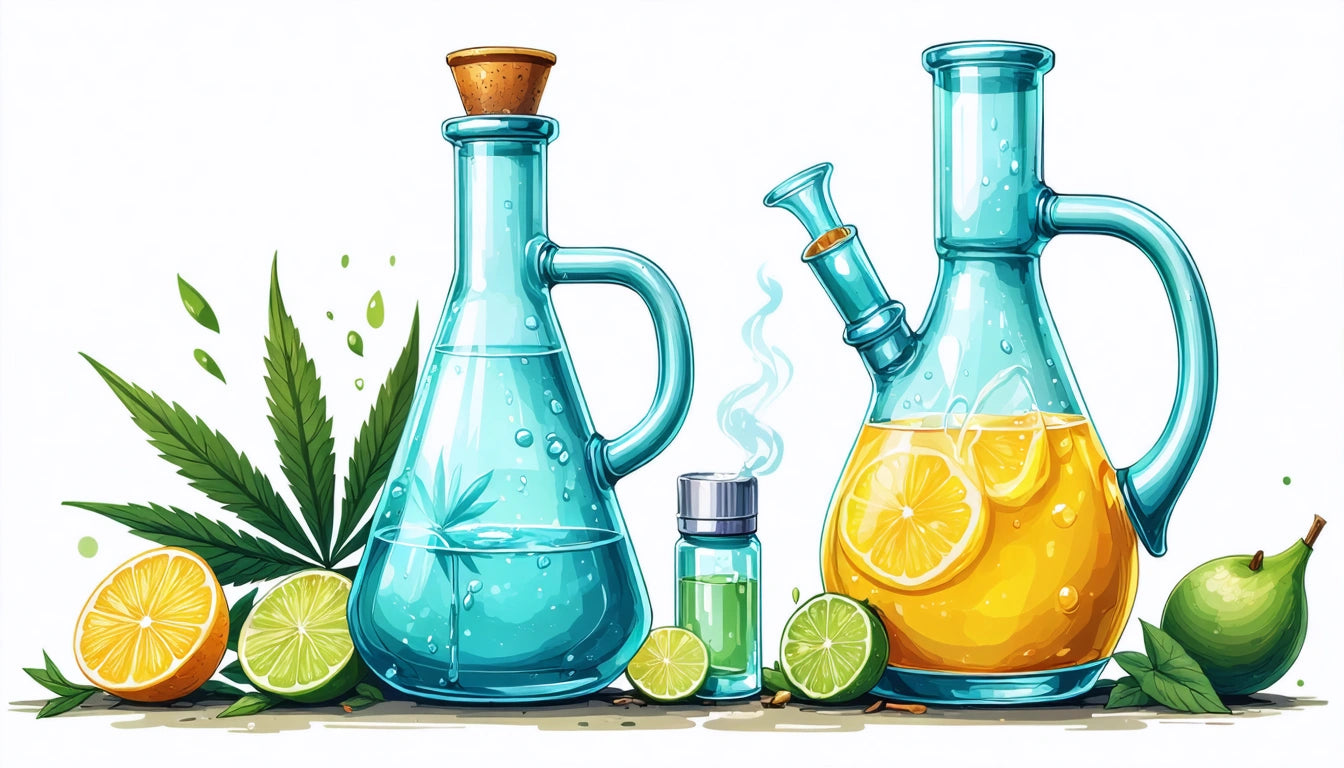Table of Contents
Maximize Flowering in Plants: Using Epsom Salt and Exploring Salt Alternatives
Achieving abundant, vibrant blooms requires understanding plant nutrition and environmental factors that influence flowering. Epsom salt has gained popularity as a supplement for flowering plants, but knowing how and when to apply it makes all the difference. This guide explores how to use Epsom salt effectively during the flowering stage and examines alternative supplements that can enhance plant health and bloom production.
Understanding Epsom Salt for Plant Growth
Epsom salt, or magnesium sulfate (MgSOâ‚„), provides two essential nutrients that plants need: magnesium and sulfur. Magnesium plays a crucial role in chlorophyll production, which is necessary for photosynthesis, while sulfur helps with protein formation and enzyme activity.
Plants with magnesium deficiency often show yellowing between leaf veins while maintaining green veins, a condition called interveinal chlorosis. This deficiency can significantly reduce a plant's ability to produce energy through photosynthesis, ultimately affecting flowering.
How to Use Epsom Salt for Flowering Plants
When used correctly, Epsom salt can promote more abundant and vibrant blooms. Here's how to use Epsom salt during the flowering stage:
Dosage Guidelines
- Soil application: 1 tablespoon per gallon of water, applied monthly
- Foliar spray: 1 teaspoon per gallon of water, applied every 2-3 weeks
- Direct soil amendment: 1 tablespoon per foot of plant height, worked into soil quarterly
For cannabis and other flowering plants, the transition to flowering stage represents a critical time when nutrient needs change. As explained in our guide on optimal nutrients for cannabis flowering, plants require different nutrient ratios during this phase.
Application Methods and Timing
The timing and method of Epsom salt application can significantly impact its effectiveness for flowering plants:
Soil Drench Method
Dissolve 1-2 tablespoons of Epsom salt in 1 gallon of water and apply directly to the soil around the base of plants. This method is most effective when done:
- At the first sign of bud formation
- Midway through the flowering period
- When plants show signs of magnesium deficiency
Foliar Spray Application
For faster absorption, mix 1 teaspoon of Epsom salt per gallon of water and spray directly onto leaves. Apply in the early morning or late evening to prevent leaf burn. This method is particularly effective for addressing acute deficiencies.
When managing plant nutrients, it's also important to consider water pH for healthy plant growth, as pH levels affect nutrient availability.
Best Salt Alternatives for Plant Health
While Epsom salt addresses magnesium and sulfur needs, plants require a range of nutrients for optimal flowering. Here are some of the best salt alternatives and supplements:
Organic Alternatives
- Compost tea: Rich in micronutrients and beneficial microorganisms
- Seaweed extract: Contains growth hormones, micronutrients, and amino acids
- Worm castings: Provides slow-release nutrients and improves soil structure
Mineral-Based Alternatives
- Dolomite lime: Supplies calcium and magnesium while adjusting soil pH
- Rock dust: Contains a broad spectrum of trace minerals
- Potassium sulfate: Addresses potassium needs during flowering
Potassium is particularly important during flowering, as discussed in our article on the importance of potassium for plant health.
For growers concerned about maintaining optimal humidity levels, which is crucial during flowering, humidity control products can help create the perfect environment for maximizing bloom production and preserving terpene profiles.
Environmental Factors That Affect Flowering
Nutrient supplementation is just one aspect of maximizing flowering. Environmental conditions play an equally important role:
Light Exposure
Most flowering plants require specific light cycles to trigger and maintain blooming. For short-day plants like cannabis, chrysanthemums, and poinsettias, flowering is initiated when night length exceeds a critical period.
Temperature and Humidity
Optimal temperature and humidity ranges vary by plant species but generally fall between:
- Temperature: 65-80 °F (18-27 °C) during the day, slightly cooler at night
- Humidity: 40-60% during flowering (lower humidity often promotes denser flowers)
Water Management
Proper watering practices during flowering include:
- Reducing frequency but maintaining adequate volume
- Watering at the base to keep foliage and flowers dry
- Adjusting water pH to optimize nutrient uptake
For those interested in propagation techniques, our guide to germinating and preserving seeds provides valuable insights for maintaining genetic diversity in your garden.
Optimal Practices for Maximizing Bloom Production
To achieve the most impressive flowering results, integrate these best practices:
Integrated Nutrient Management
Combine Epsom salt with a complete fertilization program that adjusts macronutrient ratios during the flowering phase. Typically, flowering plants benefit from:
- Reduced nitrogen (N)
- Increased phosphorus (P) and potassium (K)
- Supplemental calcium, magnesium, and micronutrients
Stress Management Techniques
Strategic stress can sometimes enhance flowering, but excessive stress is detrimental. Consider:
- Gentle pruning to direct energy to flower production
- Controlled water stress to trigger survival flowering responses
- Maintaining optimal growing conditions to prevent negative stress
For those interested in plant-based wellness applications, learning how to make your own cannabis-infused salve can be a rewarding way to utilize your flowering plants.
By understanding how to use Epsom salt for flowering plants and incorporating appropriate alternatives, you can create optimal conditions for abundant blooms while maintaining overall plant health. Remember that plant nutrition is a complex interplay of many factors, and observation of your specific plants' responses is the best guide to refining your approach.











Leave a comment
All comments are moderated before being published.
This site is protected by hCaptcha and the hCaptcha Privacy Policy and Terms of Service apply.